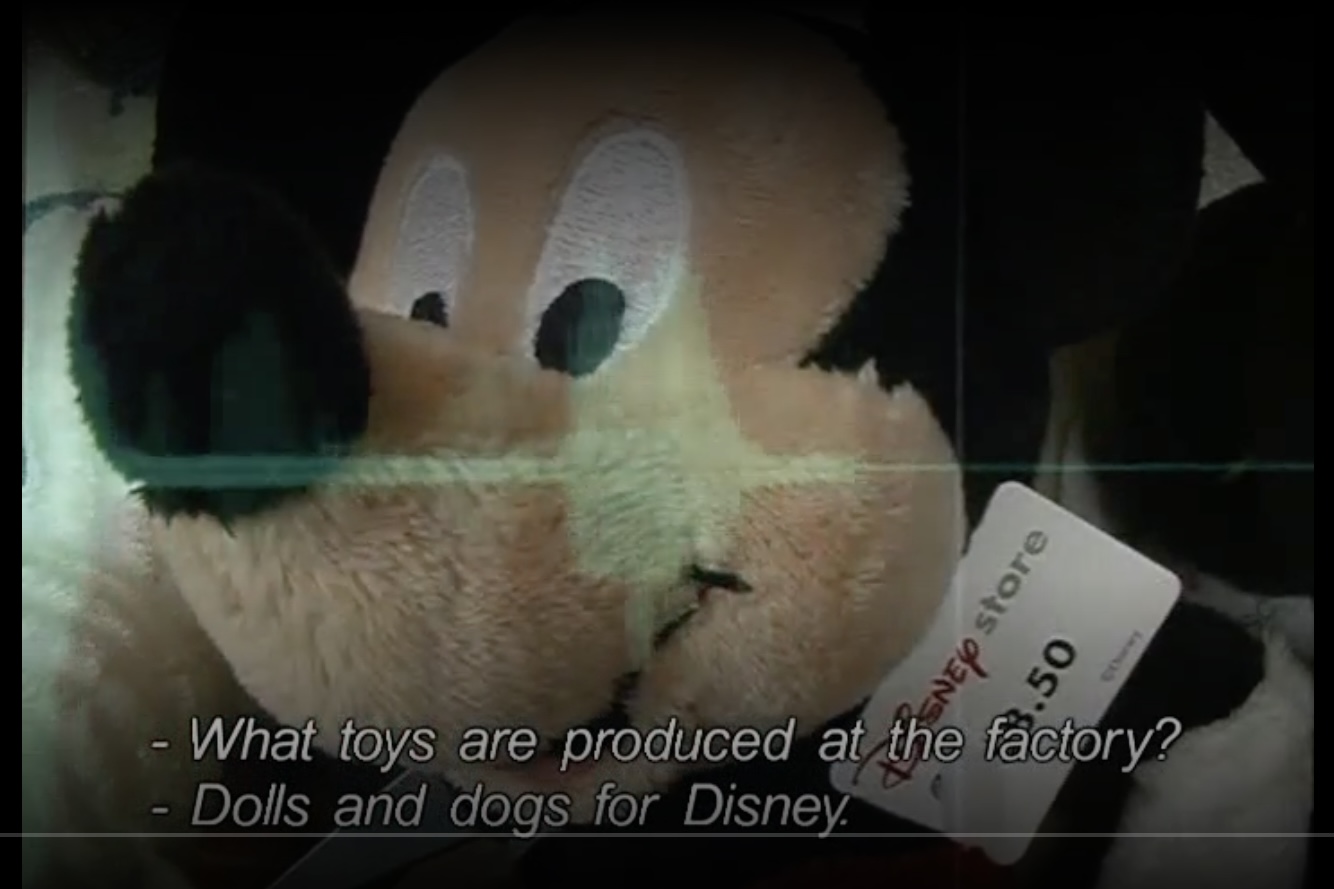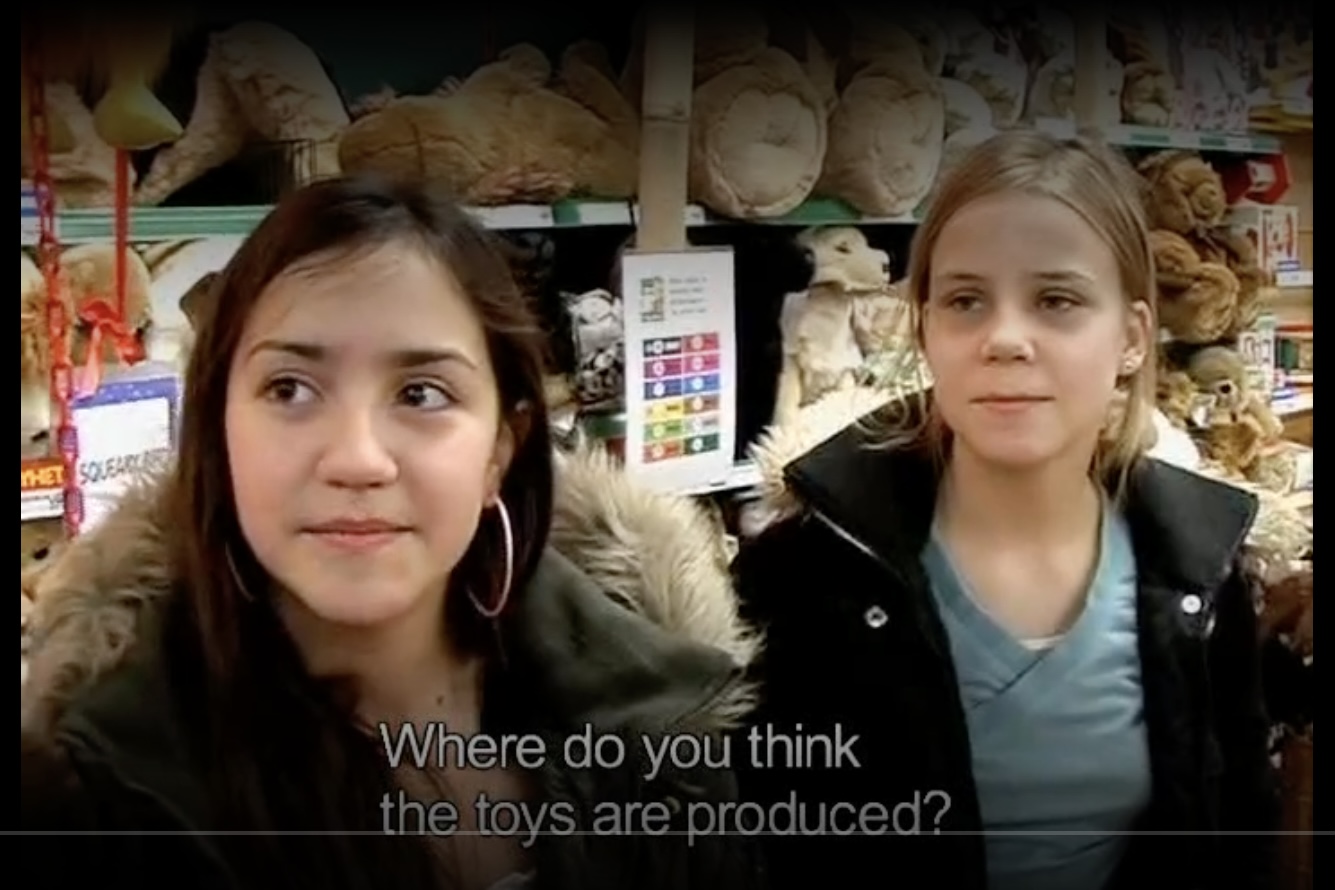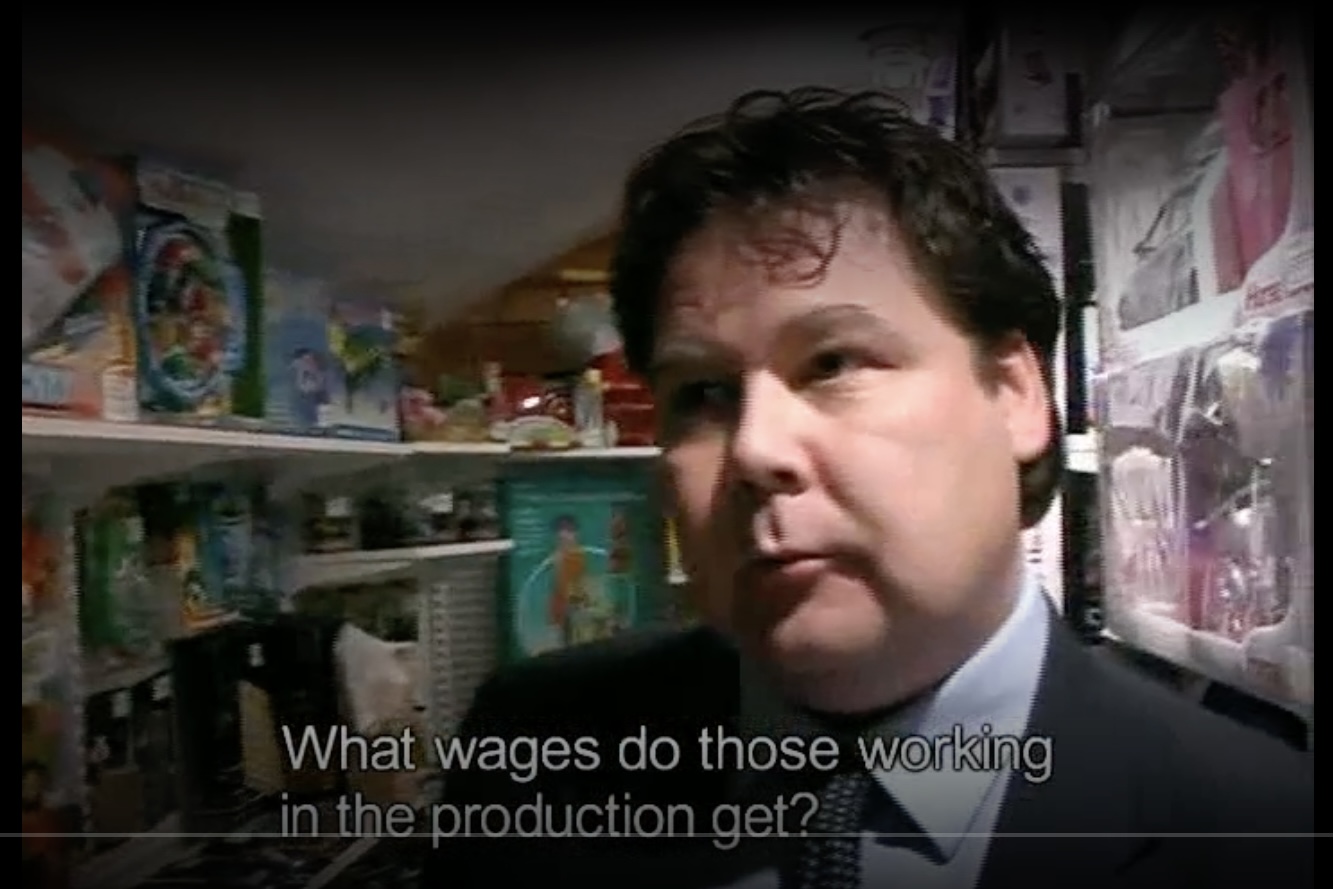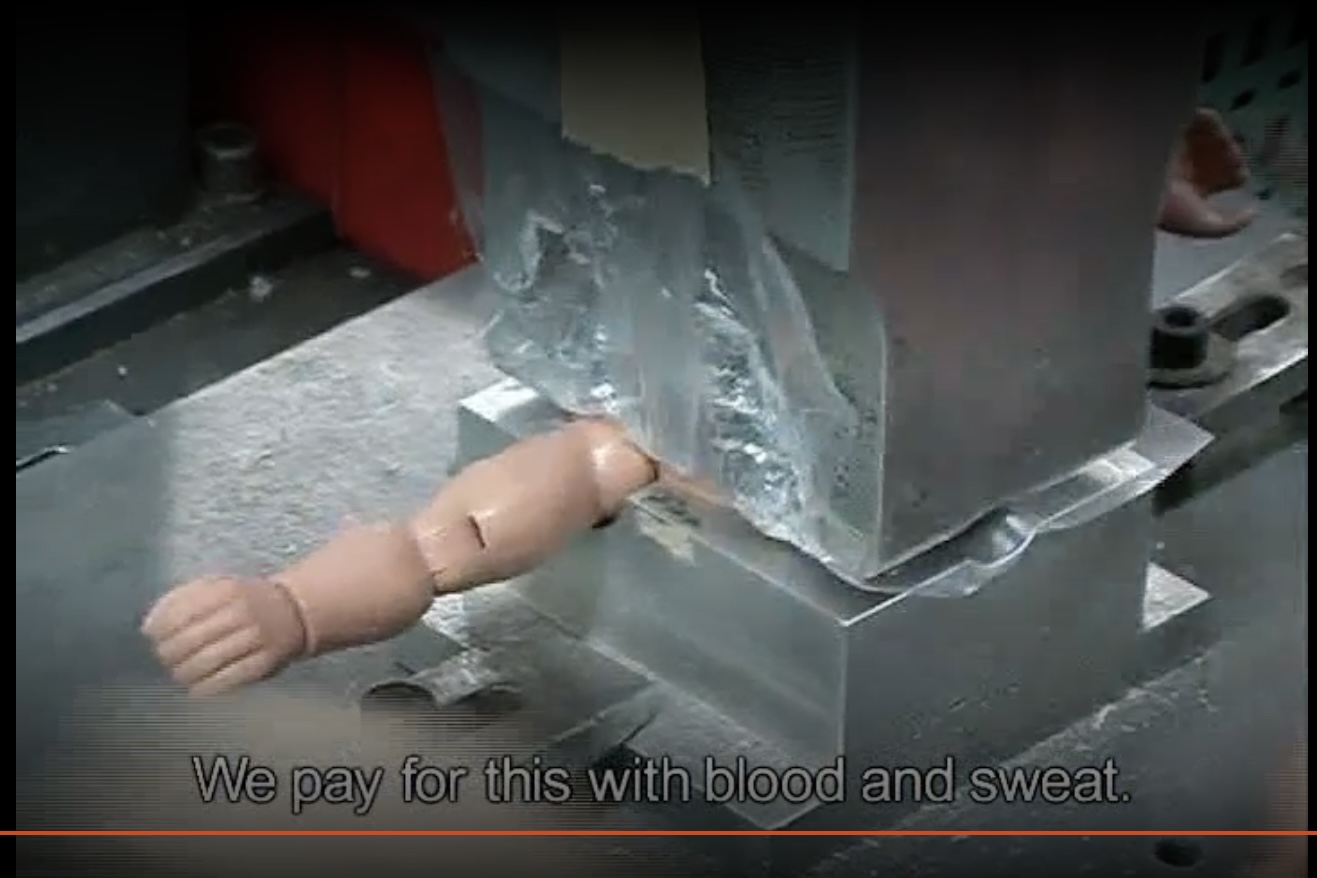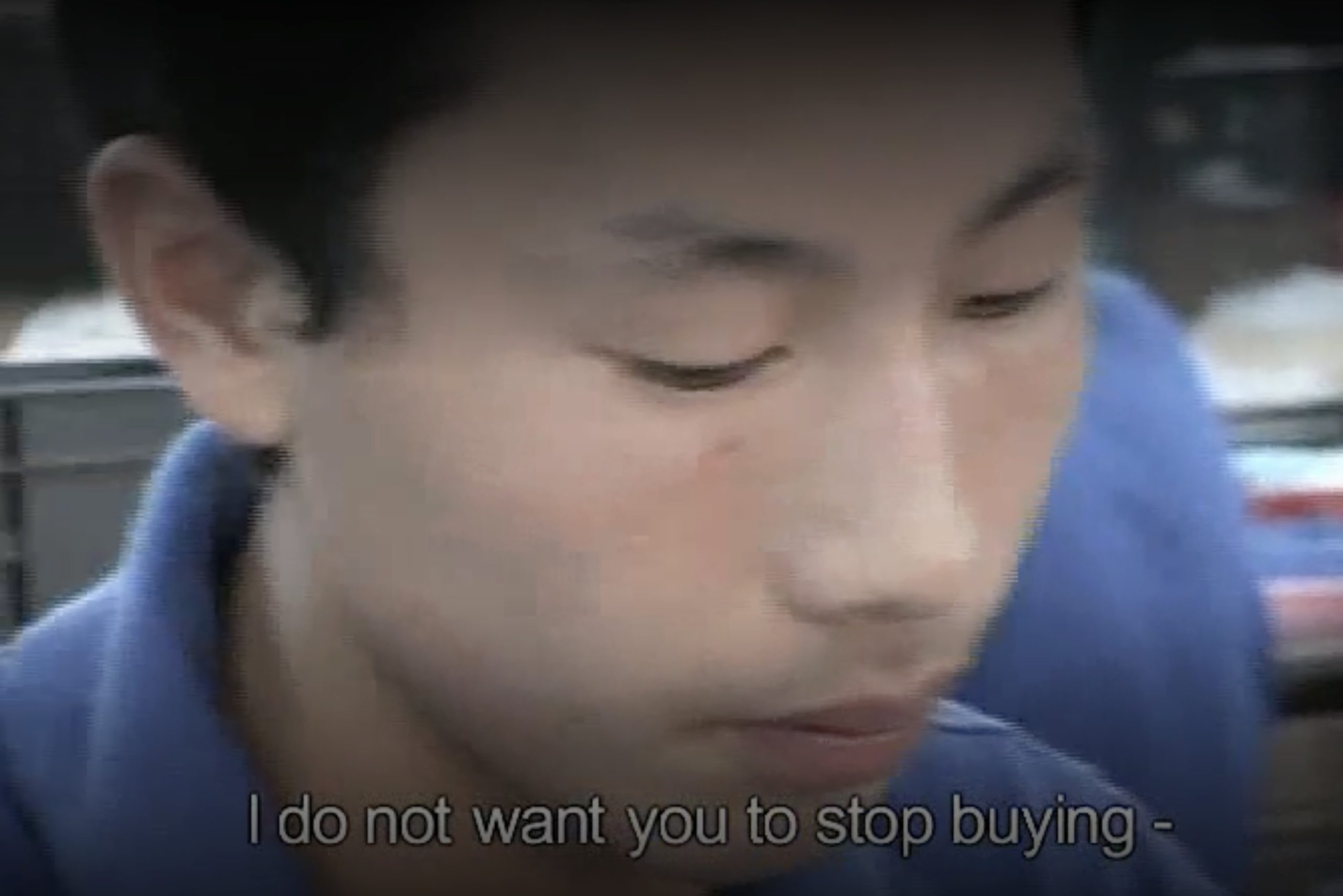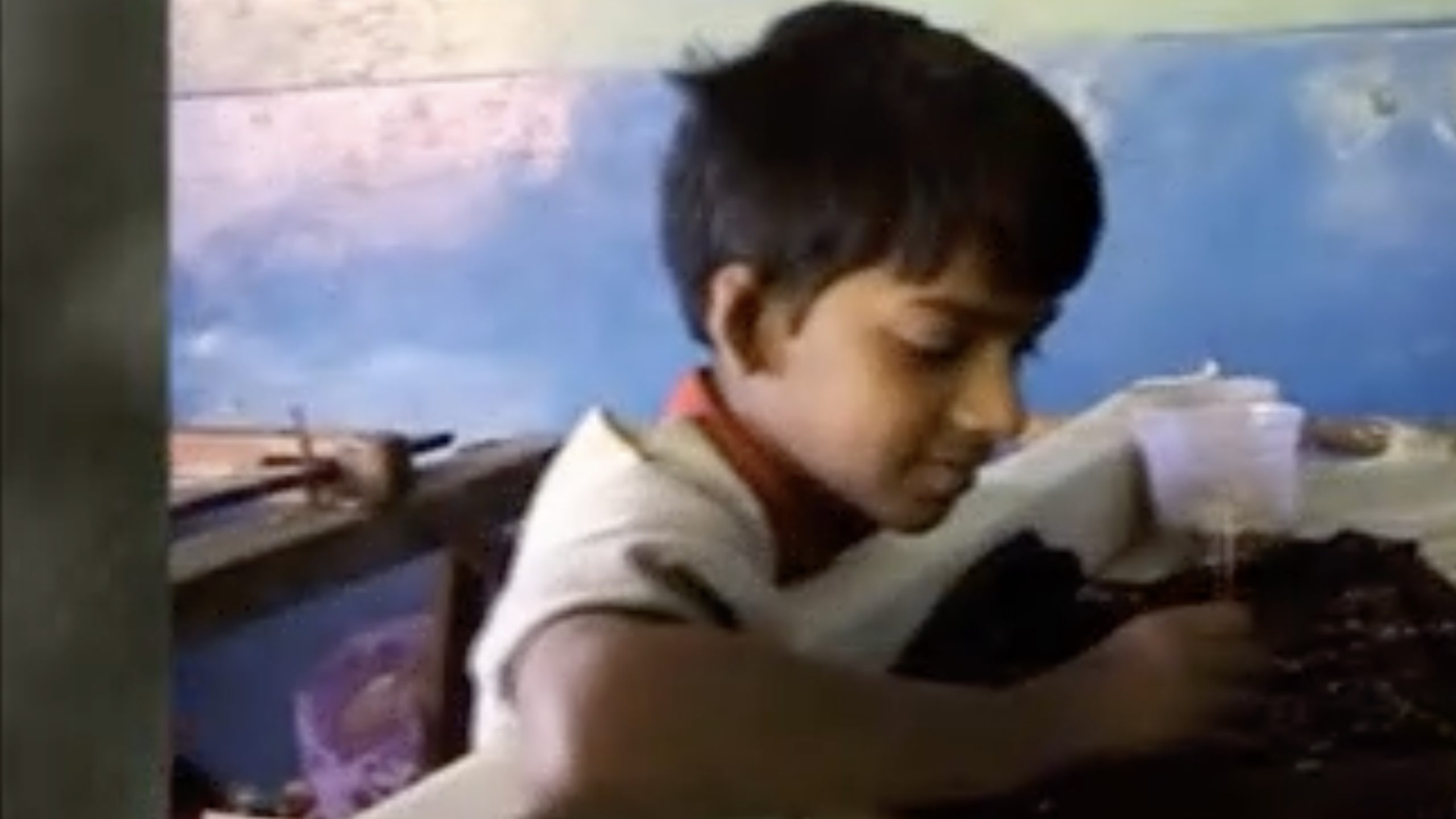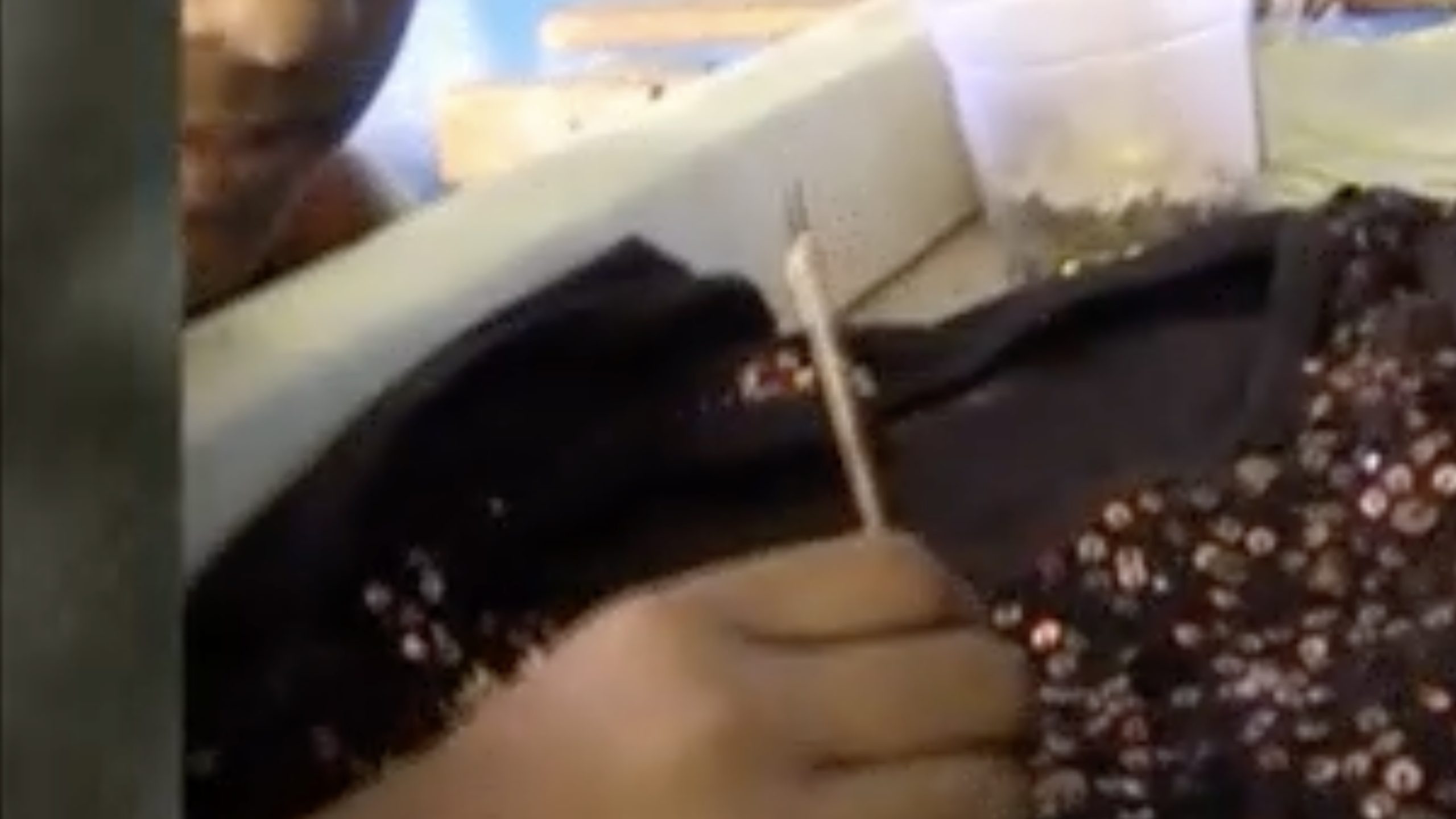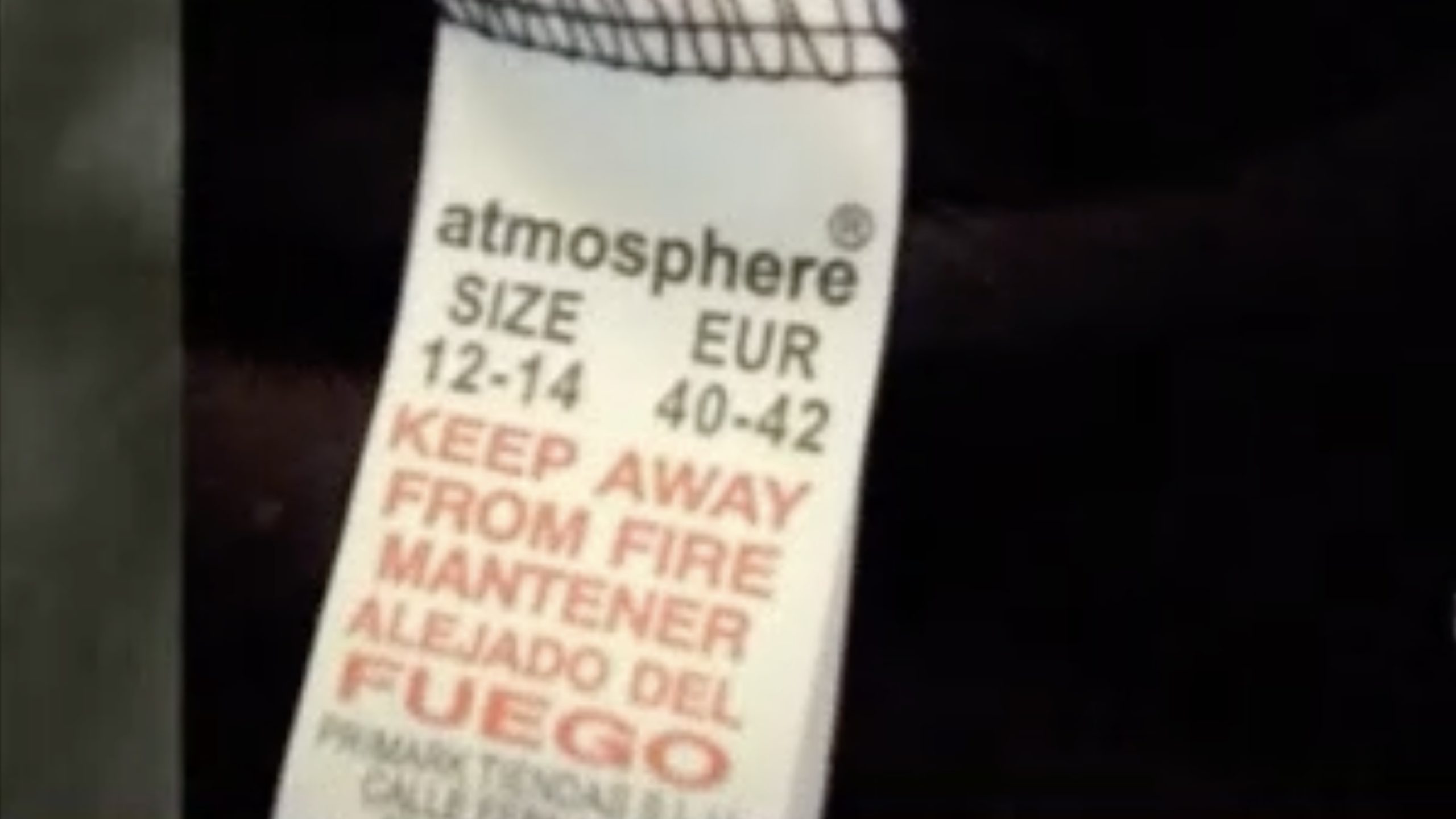
followthethings.com
Home & Auto
“Manufactured Landscapes“
A documentary film directed by Jennifer Baichwal, starring photographer Edward Burtynsky, for Zeitgeist Films.
Trailer embedded above. Search online for streaming availability here.
Filmmaker Jennifer Baichwal follows industrial landscape photographer Edward Burtynsky as he visits factories, dumping and recycling sites in China and Bangladesh. His photos are stunning, beautiful, mesmerising and disturbing. Her film picks out the details and follows them, ‘unfreezing’ his photos in time. On the one hand, it’s a portrait of the artist at work. But, on the other, some say it’s a critique of the way that his work is more interested in the aesthetics than the politics and ethics of global capitalism. As he’s high above or far away trying to get a stunning visual composition framed and lit just right, she documents lives and livelihoods up close. People watching the film say that it transforms the cinema into an art gallery, as his photos linger long on the screen. Many remark on the ‘beauty’ of his work. It’s sublime. But is Baichwal’s film complicating these aesthetics with ethics? Or does his interest in capitalist industrialisation’s huge scale, order, patterns and visual contrasts ,and his eye for pollution, invite the viewer to see these ethics at play?
Page reference: Lucy Bannister, Harriet Beattie, Katy Charlton, Lawrence Cook, Daisy Livingston, Romain Tijou & Alex Tucker (2011) Manufactured Landscapes. followthethings.com/manufactured-landscapes,shtml (last accessed <insert dae here>)
Estimated reading time: 36 minutes.
Continue reading Manufactured Landscapes
